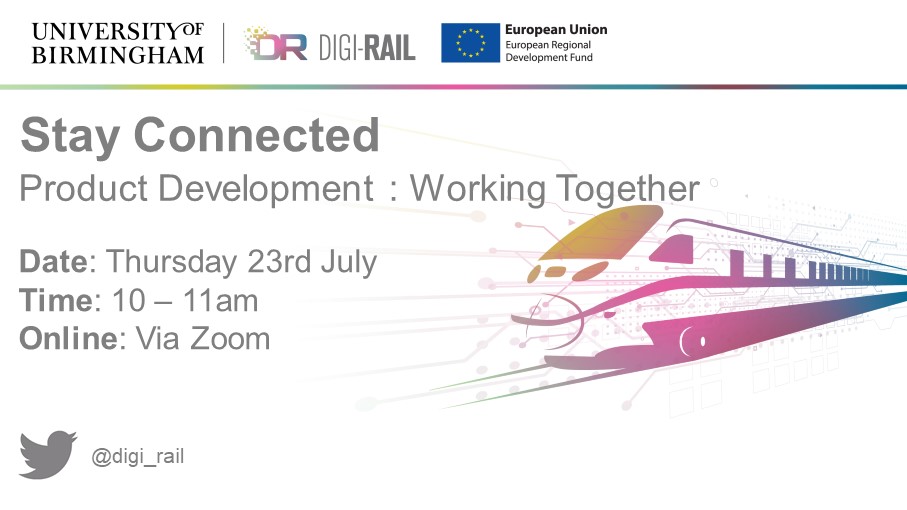
Dr Jenny Illingsworth is Deputy Director of BCRRE and spent many years in product development and product management in the manufacturing industry before she joined the University of Birmingham. She shares some of her thoughts around the benefits of working together.
I’ve found, over my career – which is longer than I care to think – that the most valuable instrument in my toolbox is collaboration. Way back in the early-mid 1990s I was a humble product development engineer for a component manufacturing company. We semi-customised products based on a catalogue of parts and when I joined, almost fresh out of my PhD studies, I was tasked to find ways of expanding the product ranges we offered. All this was going well when we received an enquiry from a new customer for a new kind of product– an exciting prospect for one such as me, who loves a bit of innovation. Even better, this customer was based in Barcelona. Oh no, we had to go to visit them to discuss what they needed. In Barcelona, of all places… well someone had to do it!
The challenge we had with this new enquiry was to meet the customer’s well-defined specification for a temperature sensor for the price they had said they were willing to pay, so it fitted into place behind a vehicle dashboard. Try as we might, we couldn’t find a way to combine the complexity of the design with the money. So while I was trying not to be distracted by the Sagrada Familia and Gaudi architecture, I asked the customer what they actually wanted: we worked from the basis of supplying the real need, not the perceived one. As a result, worked together to create something which ended up being different from what the customer had thought they wanted but which would be a more practical, cost-effective and reliable solution.
When I got back to the factory (with Spanish goodies to keep my colleagues sweet) I called together a team, taken from the factory floor, Purchasing, Production Engineering, Quality and my own development team. Together we honed the outline design into something we could make and sell for the required price using off-the-shelf components instead of the complicated, bespoke ones which the original specification had needed. Not only did this make the product cost-effective, it was easier to assemble, more robust in-service and we could offer it on a significantly reduced lead time, meeting just-in-time delivery schedules. We brought the product to market, complete with its validation testing and QA sign-off, well in time for the customer’s own timeline and it became one of our more profitable products. A win-win situation.
The moral of this story is that I didn’t try to do this on my own. I spoke with the customer to define what they needed, and then I spoke with my colleagues – each of them expert in their own field – to come up with a solution. One outcome of this was that our Managing Director heard about it and I spent the next couple of years, speaking in networking meetings about my “great idea” of working with my colleagues!
What I’m shocked about is that I regularly still hear similar “great ideas” for disciplines to work together and for suppliers to listen to what their customers really need, over 25 years later! Without collaboration we are kidding ourselves that we know all the answers ourselves. Without collaboration we are in danger of making expensive mistakes. Run a quick search on “product development mistakes” and you’ll find a plethora of tips for what to avoid. These boil down to listening – to your customer base, suppliers and colleagues. In other words, collaboration.
It’s so much easier now than it was 25 years ago. Back then I faxed our customer and walked round the factory site, distributing memos, or telephoned to arrange a project update meeting. In the days of Industry 4.0 we now have accessible communication and planning tools to keep us in touch with each other; cloud-based BIM tools to share and keep up-to-date design data; a myriad of models, systems and tools to guide us through the process; the list goes on.
Working Together is the theme of this week’s Digi-Rail Stay Connected Zoom session on Thursday morning. We will be reminding ourselves about approaches to collaboration, setting up agreements which benefit every party, including touching on intellectual property, data protection and trust. If you’d like to join, simply click here to register.

For more information on the Digi-Rail project please click here or contact us at digi-rail@contacts.bham.ac.uk. To read more about my colleagues’ research, which could spark your next product development idea, check out the BCRRE website at birmingham.ac.uk/railway.
